The burgeoning number of elephant is always a controversial and sensitive subject within the conservation community. Control measures have been widely employed to limit the growth of elephant within South Africa, and by 2008 the rapidly growing numbers in the Pongola Game Reserve soon came under the spot light. With the assistance of the ‘Disney Animal Program’ seven elephant underwent vasectomies. Although this team had perfected the procedure there was little investigation...
Nesibindi Capture
One of the reasons that the Black Rhino Range Expansion Project (BRREP), an initiative of Ezemvelo KZN Wildlife and WWF, has been such a success is the fact that the genes of the rhinos are spread across the entire population. As such, it was time for our territorial bull, Nesibindi, to spread his genes at another BRREP site.
At the ripe age of 25, he has sired more than 15 calves and will continue to do so in a new area to strengthen the genetic diversity of his species. One of the many challenges these incredible animals face is a genetic bottleneck due to low population numbers.
Ezemvelo’s continuous hard work — gathering DNA samples for their database, analysing this data, and then using it to swap bulls and females between sites — helps ensure a genetically diverse meta-population.
At Pongola Game Reserve, where Nesibindi ruled as the dominant bull, he was captured by Ezemvelo and transported to a new area along with a female captured from a different site. There, several new females anxiously awaited the arrival of this experienced bull.
He was a legend on the reserve, taking no nonsense from anyone or anything! We will all miss him terribly but take comfort in the knowledge that he is playing a crucial role in securing the future of the critically endangered Black Rhino. Pongola Game Reserve will soon receive two new breeding bulls to continue the race against extinction.
On the morning of Nesibindi’s capture, he mock-charged Sipho Mtshali, one of our dedicated guides with a great love for these explosive creatures. “It’s sad — he said goodbye till we meet again,” were the emotional words of Sipho after Nesibindi was loaded a few hours later.
Nesibindi safely arrived at his new home later that afternoon. His tracks and scrapings will disappear from Pongola Game Reserve but will reappear in a new area — marking a new beginning.
The current Black Rhino population is approximately 6,700, a significant recovery from the low of 2,140 individuals recorded in 1995. They are found in 12 African countries, with the majority in South Africa, Namibia, Zimbabwe, and Kenya.
This recovery is due to the incredible efforts of Ezemvelo KZN Wildlife, WWF, Project Rhino, The Bateleurs, and dedicated rhino monitors. Anti-poaching units on the ground, in the air, and on the water work tirelessly to protect rhinos from being killed for their horns.
Ezemvelo has also launched a major project to dehorn rhinos to deter poachers. Approximately 1,071 rhinos have been dehorned as part of this anti-poaching initiative launched in April 2024. This large-scale operation has shown promising results, with poaching incidents dropping significantly.
Further Reading
By Reece Thornley, Operation Wallacea Dissertation Student at Pongola Game Reserve (June to August 2015) There are many things about Africa that I will never forget, for as long as I live. Many things beautiful, mesmerizing and a few absolutely bewildering! However, of all the things in Africa, there is one individual in particular that stands out in my mind. This individual makes me long for the windswept floodplains and dense thicket...


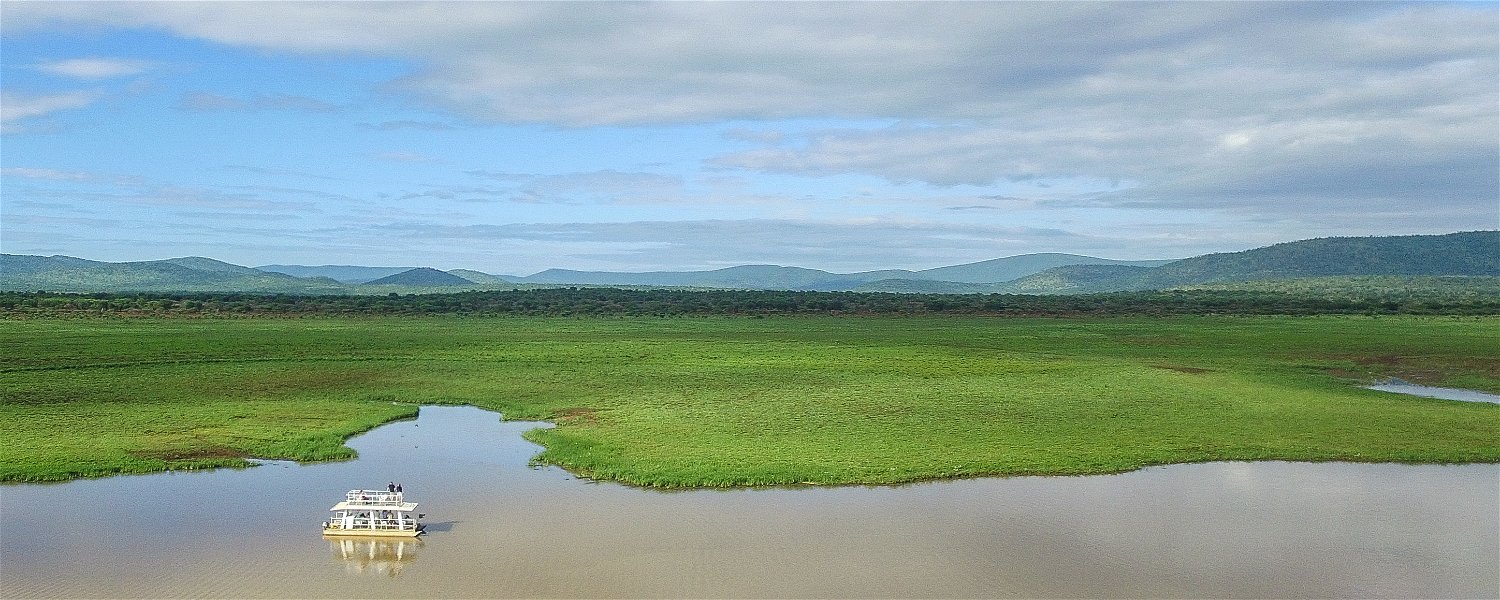
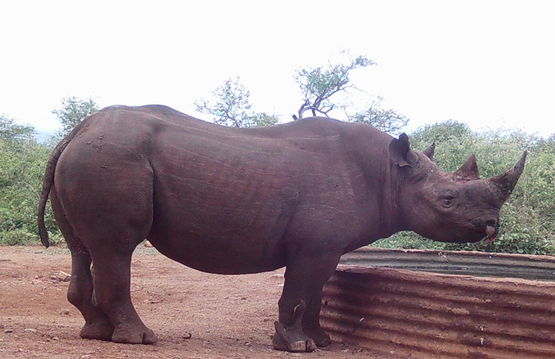
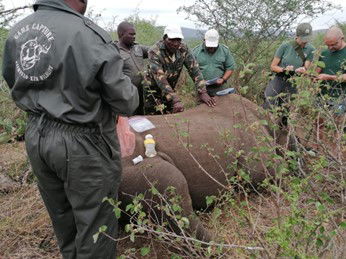


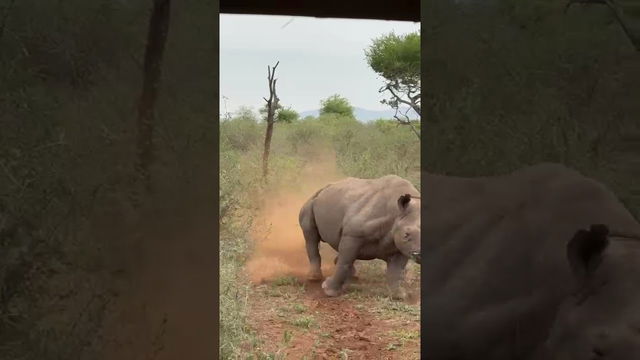
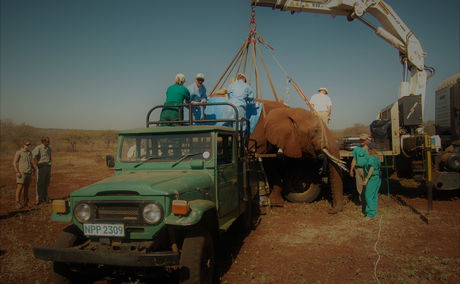
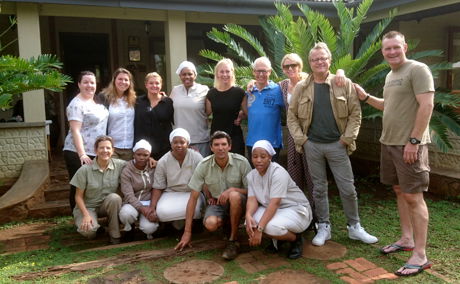


Share This Post